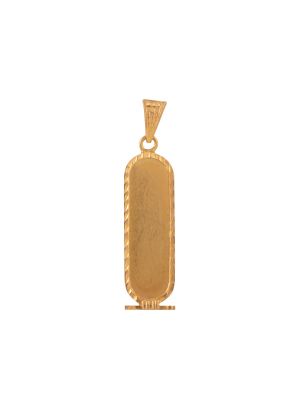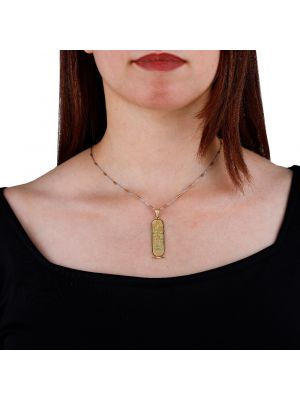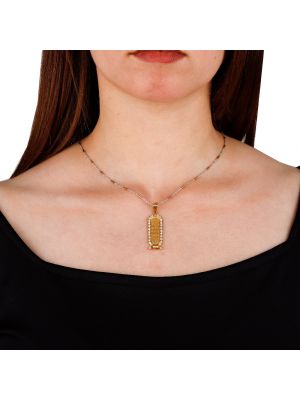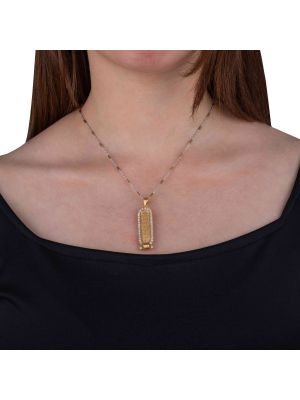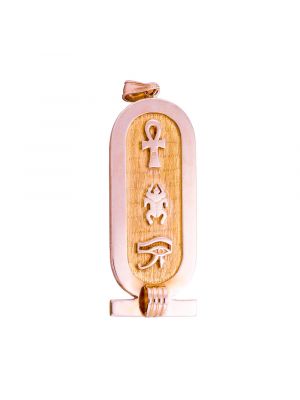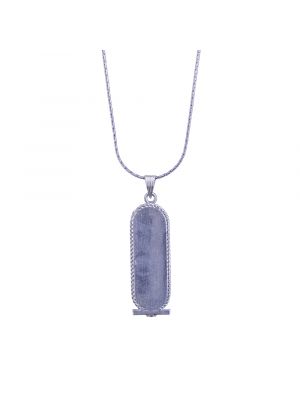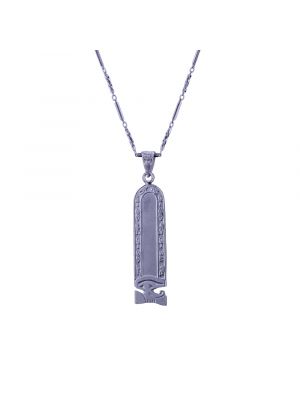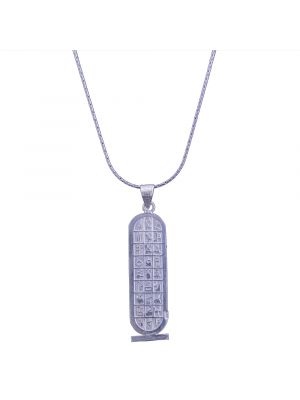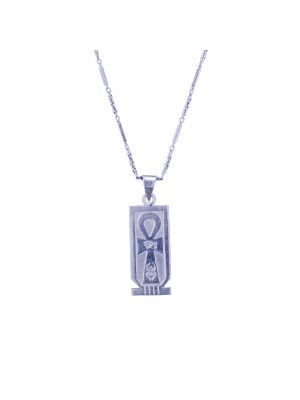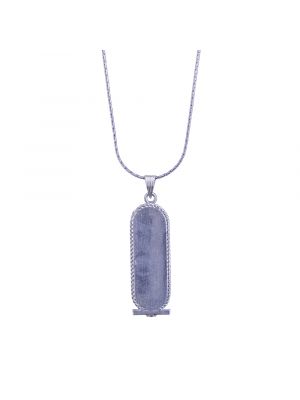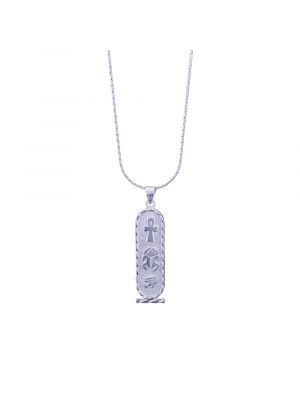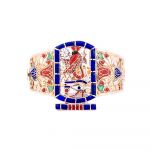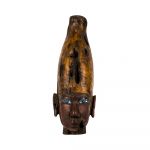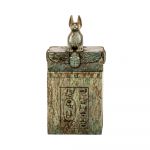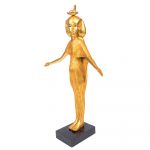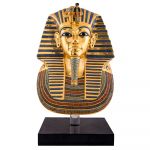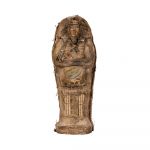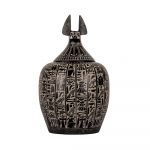Egyptian Cartouche
Egyptian Cartouche
Egyptian Cartouche with the hieroglyphic engraving of your name or beloved, just as royalty used in ancient Egypt. The most talented Egyptian craftsmen of Egypt are hand-carving our cartouche pieces. It is a lovely and special customized piece of jewelry that you buy or send to those you love. Egyptian Cartouche could be a cartouche necklace, cartouche ring, or cartouche bracelet. gold cartouche or silver cartouche, you will find all that you need. You can buy the pendant only or connect your cartouche pendant to a necklace chain.
-
-
-
-
8gm Engravable Cartouche Pendant with Stones
As low as $879.00 -
-
Loading ...
Load More ...
